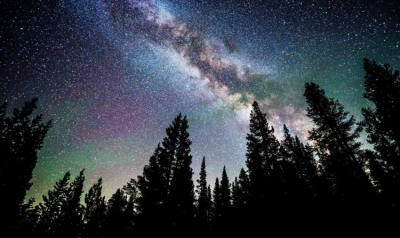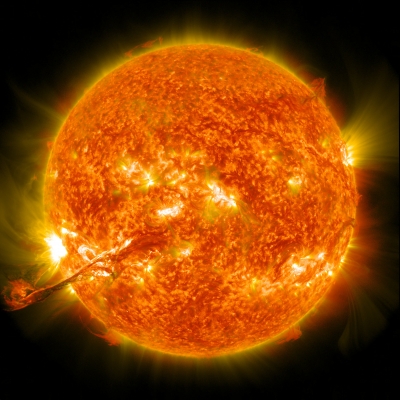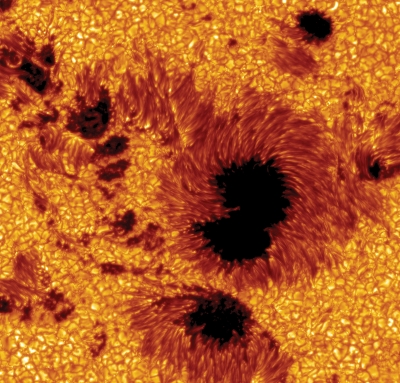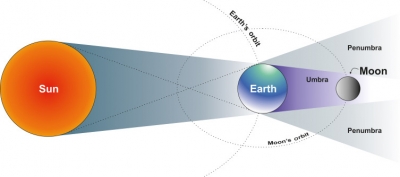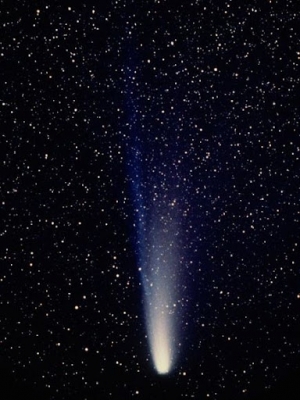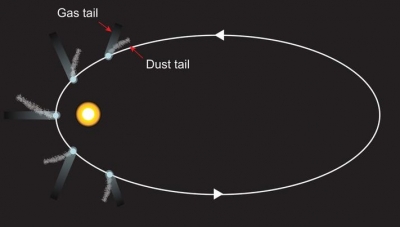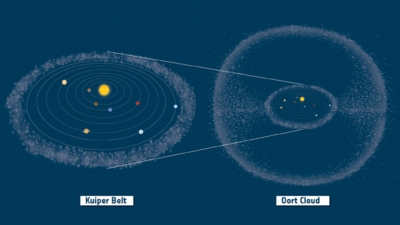
It's getting harder and harder to run a stoplight in Carmel, Indiana, because there are fewer and fewer of them around. Every year, at intersections throughout this thriving city, traffic lights and stop signs have disappeared, replaced with roundabouts.
There is a roundabout decorated with the local high school mascot, a greyhound, and another with giant steel flowers. A 3-mile stretch of Carmel's Main Street has 11 roundabouts alone. The roundabout that locals perhaps prize the most features box hedges and a three-tier bronze fountain made in France. In 2016, it was named "International Roundabout of the Year" by no less than the UK Roundabout Appreciation Society, which, according to the Carmel mayor, Jim Brainard, is largely made up of "three guys in a pub."
Carmel, a city of 102,000 north of Indianapolis, has 140 roundabouts, with more than a dozen still to come. No US city has more. The main reason is safety; compared with regular intersections, roundabouts significantly reduce injuries and deaths.
But there's also a climate benefit. Because modern roundabouts don't have red lights where cars sit and idle, they don't burn as much gasoline. While there are few studies, the former city engineer for Carmel, Mike McBride, estimates that each roundabout saves about 20,000 gallons of fuel annually which means the cars of Carmel emit many fewer tons of planet-heating carbon emissions each year. And US high way officials broadly agree that roundabouts reduce tailpipe emissions.
They also don't need electricity, and, unlike stoplights, keep functioning after bad storms a bonus in these meteorologically turbulent times.
The reason that Carmel has so many roundabouts is Brainard, the city's seven-term Republican mayor.
Brainard first encountered roundabouts in the 1980s, when he studied at the University of Oxford and became taken with European traffic flow. After getting elected mayor in 1995, he asked a consultant to look into building a roundabout in Carmel. The consultant refused, saying they were dangerous and pointing to an effort in Massachusetts to remove them. "People love them here," he said during a recent tour of Carmel in his hybrid Ford Escape. "You couldn't take one out." Not everyone is a fan. "I hate them," said Corey Hill, a call center director from nearby Avon who said he often gets stuck behind confused out-of-towners.
Having greener intersections dovetails with Brainard's climate mitigation efforts. Carmel's city vehicles are either hybrid or run by biofuels, green spaces sown with native plants have exploded in number and size, and solar panels help fuel the city's water treatment and sewage plants.
The US has been slow to adopt modern roundabouts, though that is changing somewhat. By one count, they now number about 7,900 countrywide, with hundreds added each year. Still, hesitation remains.
Credit : Hindustan Times
Picture Credit : Google

